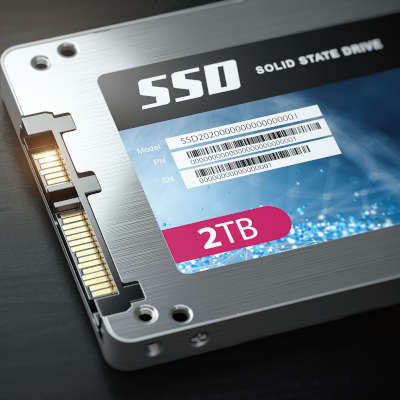It’s a bit of a nightmare scenario for a business, born of watching too many crime thrillers: a criminal syndicate hacks into their systems, wreaking havoc and stealing all their data, while also destroying that company’s reputation. Is this scenario a fantasy? To a point, yes—but not so much as you might think.
When you have a thorough and powerful data backup strategy in place at your business, you are protecting your operations, your employees, and your customers from an array of terrible scenarios. Unfortunately, many businesses don’t think of data loss in the terms it should be considered in, a complete travesty. Today, we thought we would briefly describe the long and short of data backup and recovery practices that can put your business in a position to secure and restore your data should it be corrupted, destroyed, or stolen.
People look at their work differently, just as they view their lives differently. The many different perspectives of your staff brings a bit of variance of how they view data security. This isn’t so good for your business as you need to trust them to prioritize the security of your data and infrastructure. Let’s take a look at some of the best practices that you should be training your staff in, which will allow them to protect your data better, and theirs.
A business’ data needs to be considered a priority, which means that its protection should be prioritized accordingly. One facet of doing so is maintaining a backup with a strategy in compliance to best practices. To accomplish this, your backup should feature something that isn’t often considered a benefit: redundancy.
If you are buying a new desktop or laptop, one of the specifications you might care about is how much data it can store. After all, your family computer needs plenty of storage for your photos and documents, and if you have kids, they’ll want to install games and other applications on it that fill up a hard drive. These days, however, it’s less about how much space your hard drive has and more about how fast it can run. Let’s explain this, and then talk about something you should almost always look for when picking a hard drive for your PC.
If asked to list its most valuable assets, every modern business currently in existence should include its data on that list. This is part of the reason that data security should be treated as a priority. We know—this isn’t exactly a small ask, so to help, we’ve put together a few tips to get you started off on the right foot. If you’re already working on your data security preparedness, consider this a refresher.
In the 1980s, there was a cartoon by the name of G.I. Joe, based on action figures manufactured by toy giant Hasbro. Due to the popularity of this cartoon, they set out time each week to do a brief PSA aimed to educate kids about the dangers of certain actions. The tagline, “Now you know, and knowing is half the battle.” became entrenched in the lexicon. Now, over thirty years later, kids that grew up on G.I. Joe are business owners and have come to understand just how poignant that message is. Let’s take a look at a couple of ways businesses can expand their knowledge base and use it to improve their operations using IT.
I want you to step out of your role as a business owner for a moment and see yourself once again as the average consumer. How concerned are you that so many businesses have collected and are now storing your personal data, and that you have no control over its privacy? If you feel at all uneasy, you’re not alone… 87 percent of Americans feel that data privacy is a human right in these modern times.








